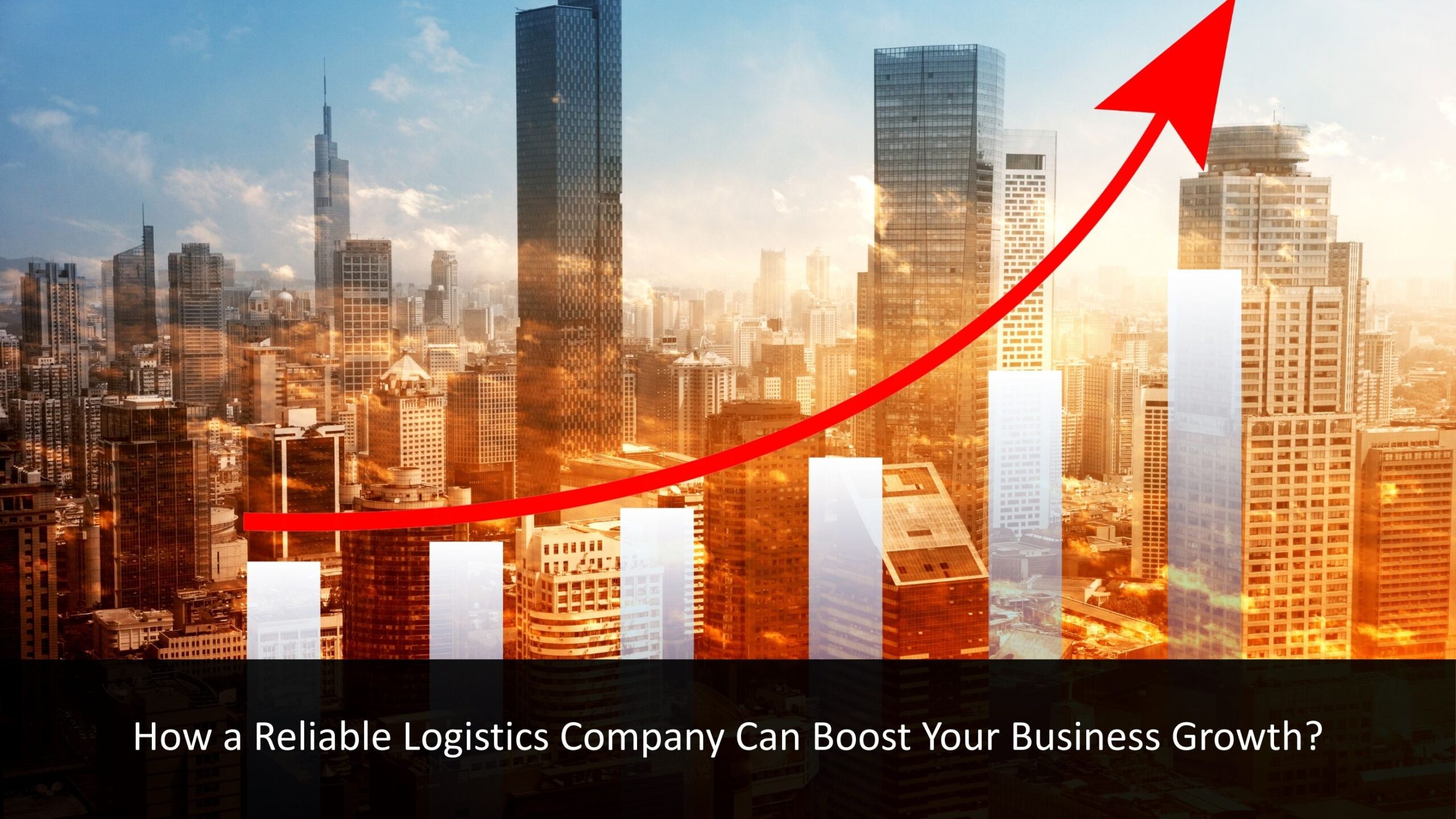Adani Companies That Are Committed to Decarbonise India
Adani Group is the second-biggest solar power company in the world, the biggest port and logistics company with 30% of the national market share, the largest integrated energy player, the largest airport operator with 25% of passenger traffic and 40% of air cargo, and the second-biggest cement manufacturer. The Adani Group is making significant progress to decarbonise India’s energy industry. Below is an outline of their two main projects:
Expansion of Renewable Energy: The group’s green division, Adani Green Energy, is spearheading the effort. According to Adani updates, they have promised to invest an incredible $100 billion in renewable energy projects over the following ten years. This entails constructing enormous wind and solar farms throughout India with the goal of reaching 45 gigawatts of capacity by 2030. Millions of houses will be powered by this renewable energy, greatly lowering dependency on fossil fuels.
Green Hydrogen Push: Adani is making significant investments in green hydrogen in addition to power generation. There is a lot of promise for decarbonising transportation and industrial processes with this clean-burning fuel. They have committed $2.5 billion to create a green hydrogen ecosystem that includes infrastructure, production, and downstream products like methanol and ammonia. Adani is positioned as a major participant in India’s transition to a greener future thanks to this multifaceted strategy.
Adani Subsidiaries Spearheading the Green Energy Push
ATL (Adani Transmission Limited)
Although it doesn’t produce clean energy directly, Adani Transmission Limited (ATL) is essential to the Adani Group’s decarbonisation initiatives since it makes it possible for renewable energy to be transmitted efficiently. This is how it does it:
Green Transmission Infrastructure: To link major solar and wind farms to populated areas, ATL is aggressively investing in the construction of specialised transmission lines. By minimising energy loss during transmission, this specialised infrastructure maximises the quantity of clean power that reaches consumers. For example, they have made significant investments in initiatives to send green power to Mumbai, a significant Indian city.
Encouraging Renewable Integration: Historically, India’s electricity system was dependent on coal-fired power facilities. As evident by Adani updates, the current transmission infrastructure in ATL is built to withstand the erratic nature of renewable energy sources like wind and solar power. This lessens reliance on fossil fuels by facilitating the more seamless integration of renewable energy sources into the national grid.
Adani Group’s overall decarbonisation strategy is supported by ATL through the construction of a strong and effective transmission network. Via their efforts, Adani Green Energy’s clean energy is effectively distributed to consumers, making India a greener place.
AEML
Within the Adani Group, Adani Electricity Mumbai Limited (AEML) is leading the charge on decarbonisation, with a focus on Mumbai, the financial hub of India. They are making the following contributions to a cleaner future:
Increasing the Share of Renewable Energy: By 2027, AEML hopes to achieve its ambitious goal of obtaining 60% of its electricity from renewable sources, as per Adani updates. This helps reduce reliance on conventional fossil fuels. To do this, they are actively obtaining renewable energy from wind and solar farms. Their dedication is seen in their historic feat of using only renewable energy to power Mumbai for four hours on Diwali 2023.
Encouraging Green Power Options: AEML educates customers in addition to supplying sustainable energy. Their millions of customers can select a bigger proportion of renewable energy in their power mix because of the green pricing alternatives they provide. People are now more empowered to take part in the decarbonisation process.
Spending Money on Grid Modernisation: Large-scale integration of renewable energy requires a robust and efficient system. AEML is modernising Mumbai’s power distribution infrastructure. By minimising energy losses during transmission, this technology increases the amount of clean electricity that reaches consumers and lessens the need for fossil fuel backups.
Adani Electricity Mumbai Limited is contributing significantly to the decarbonisation of India’s largest utility by emphasising the procurement of more renewable energy, providing green options to customers, and enhancing grid infrastructure.
AGEL (Adani Green Energy Limited)
The Adani Group is taking several approaches to decarbonisation. Leading the way is Adani Green Energy Limited (AGEL), which plans to invest a whopping $75 billion to construct 45 gigawatts of renewable energy capacity by 2030. This means that India will become less dependent on fossil fuels as a result of massive solar and wind farms.
AGEL is dedicated to sustainable techniques that span generations. They reduce water use and waste, and they investigate technological innovations such as battery storage to maximise the delivery of renewable energy. Adani Group is positioned to be a major contributor to India’s transition to a greener future thanks to this all-encompassing strategy.
Conclusion
The Adani Group is approaching decarbonisation with a variety of strategies through its several businesses, including Adani Green Energy, Adani Transmission, and Adani Electricity Mumbai. They are making significant investments in the production of renewable energy, developing effective transmission infrastructure, and encouraging consumers to choose green energy options. Adani Group is positioned as a major role in India’s transition to a cleaner and more sustainable future, as per Adani updates, thanks to its multifaceted strategy.










